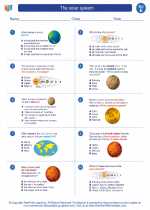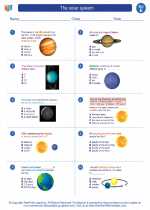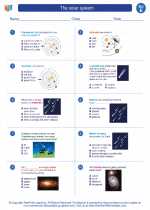Marine Ecosystems
The marine ecosystem is one of the largest and most diverse ecosystems on Earth. It includes oceans, coral reefs, and estuaries, and is home to a wide variety of plants, animals, and microorganisms.
Characteristics of Marine Ecosystems
Marine ecosystems are characterized by high salinity, large water bodies, and diverse habitats. They are also influenced by factors such as temperature, sunlight, and nutrient availability.
Marine Plants
Marine plants, such as seaweeds and algae, play a crucial role in the marine ecosystem. They provide food and shelter for marine animals, and also produce oxygen through photosynthesis.
Marine Animals
Marine animals are incredibly diverse, ranging from microscopic plankton to enormous whales. They have adapted to life in the marine environment in various ways, such as through streamlined bodies for efficient swimming and specialized respiratory systems for extracting oxygen from water.
Marine Food Chain
The marine food chain is complex and interconnected. It starts with primary producers, such as phytoplankton and seaweeds, which are then consumed by herbivores, and so on up the food chain to top predators like sharks and killer whales.
Threats to Marine Ecosystems
Marine ecosystems are facing a range of threats, including overfishing, pollution, climate change, and habitat destruction. These threats can have significant impacts on marine biodiversity and the health of the oceans.
Study Guide
- What are the characteristics of marine ecosystems?
- Explain the role of marine plants in the ecosystem.
- Describe the diversity of marine animals.
- How is the marine food chain structured?
- What are the main threats to marine ecosystems?
Use the study guide to review the key concepts and prepare for any upcoming assessments or discussions on marine ecosystems. Good luck!
[Marine] Related Worksheets and Study Guides:
.◂Science Worksheets and Study Guides Fifth Grade. The solar system

 Worksheet/Answer key
Worksheet/Answer key
 Worksheet/Answer key
Worksheet/Answer key
 Worksheet/Answer key
Worksheet/Answer key
 Vocabulary/Answer key
Vocabulary/Answer key
 Vocabulary/Answer key
Vocabulary/Answer key
 Vocabulary/Answer key
Vocabulary/Answer key
